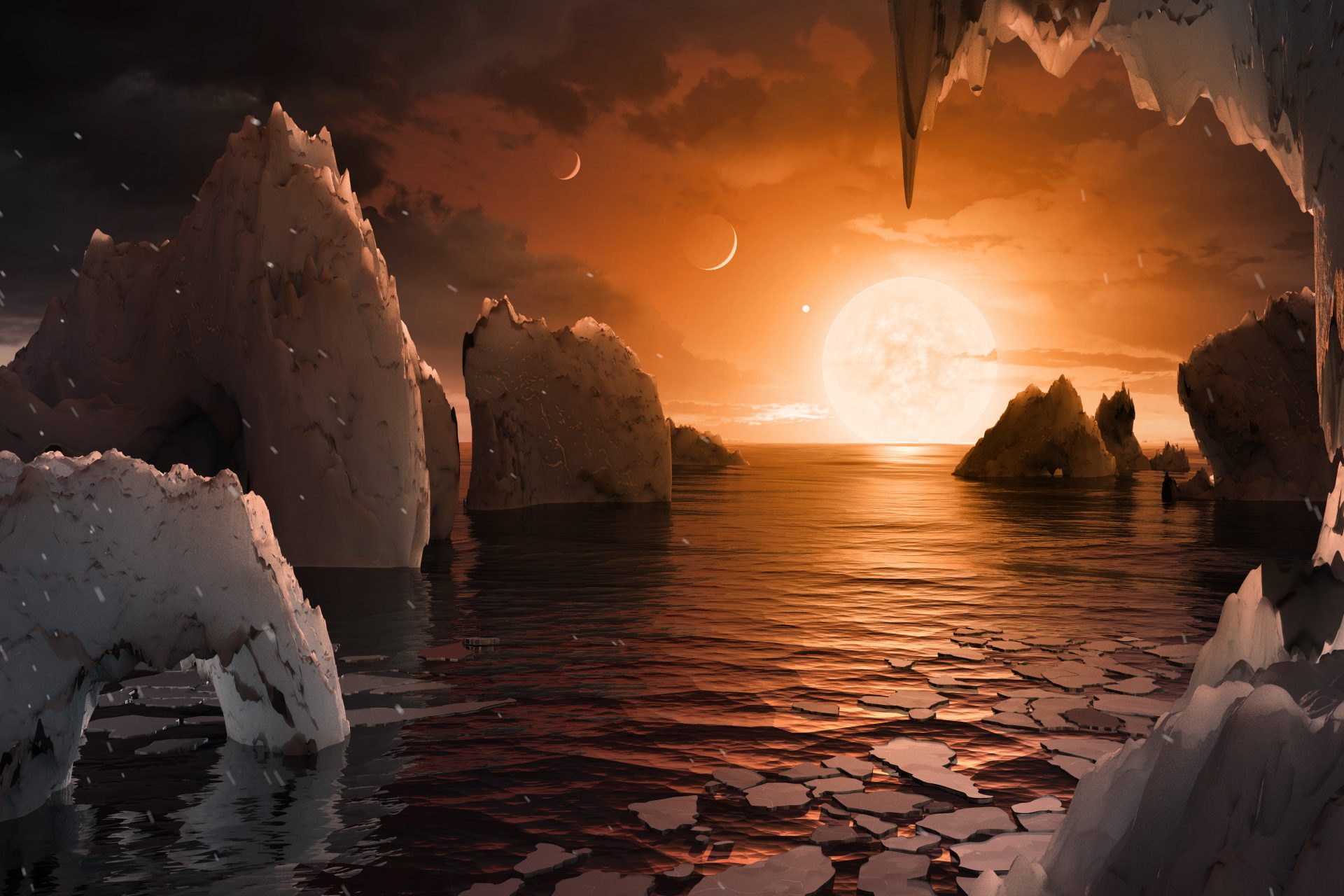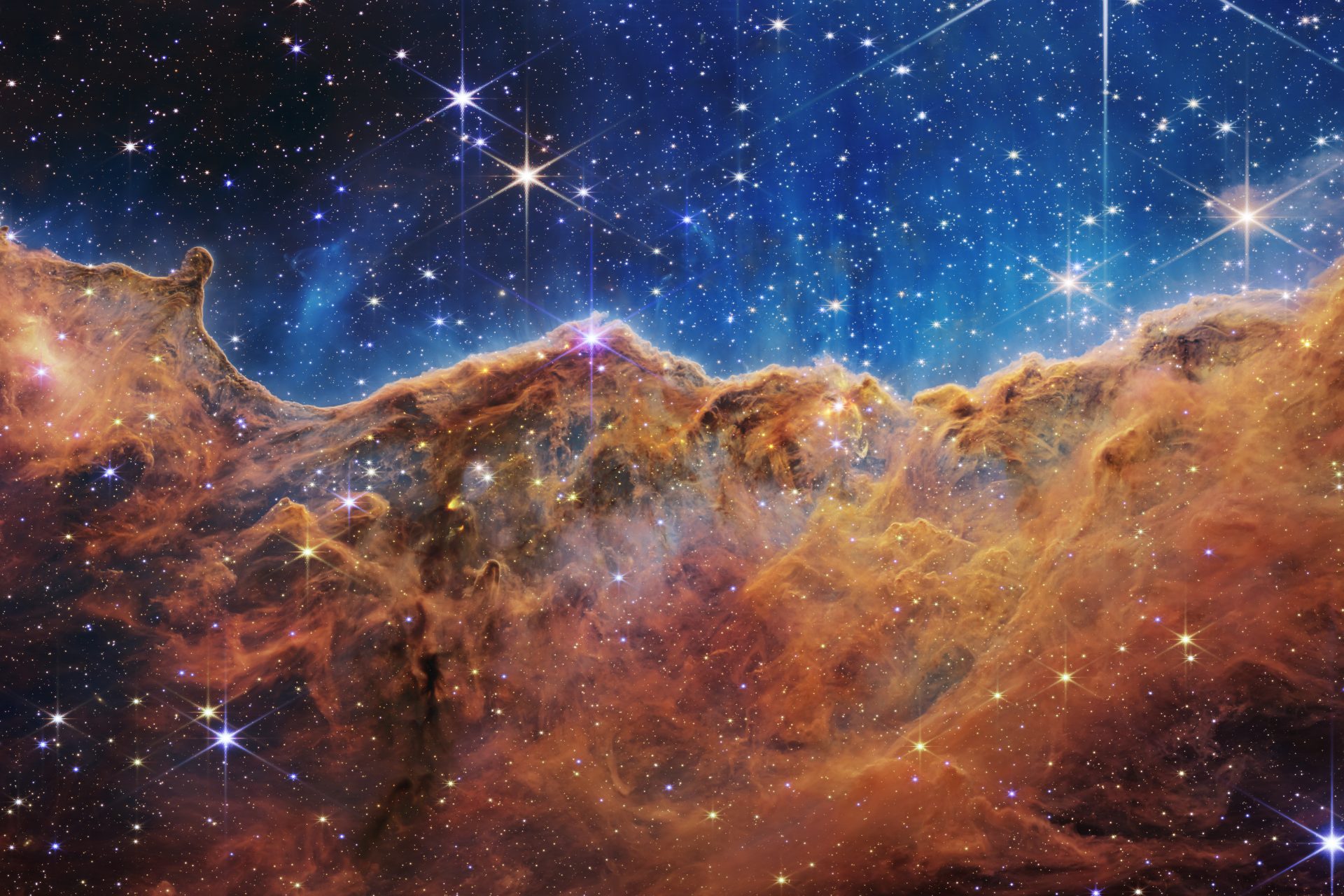Scientists discovered an exoplanet with a weird surprise on its surface
Scientists have discovered an exoplanet that has some very interesting atmospheric conditions. Things on the planet's surface are so hot that it might contain a boiling ocean.
The exoplanet is known as 'Planet ' and lies at a distance of about 70 light-years from Earth, outside our Solar System. Its conditions were identified with the help of NASA's powerful James Webb Space Telescope.
According to scientists, the ocean would cover its entire surface in a hydrogen-rich atmosphere, revealing signs of water vapor and carbon dioxide.
Photo: Unsplash - Jan Canty
"The ocean could be over 100 degrees Celsius," said Prof. Nikku Madhusudhan, who led and studied according to a report from The Guardian.
Photo: Unsplash - Cristian Palmer
Planet TOI-270 d's water waters are possible because the atmospheric pressure on the planet is quite high, allowing there to be liquid water at more than 100ºC.
Photo: NASA
Even with the hypothesis of the presence of water, it is not clear that the exoplanet is habitable according to Madhusudhan.
The theory was developed by a team of astronomers from the University of Cambridge, England, and an article about TOI-270 d's possible boiling ocean was published in the journal Astronomy & Astrophysics.
However, a Canadian team that conducted additional observations of the exoplanet argued that the planet would be too hot to contain liquid water.
According to Canadian scientists, instead of water, exoplanet TOI-270 d would have a rocky surface, covered by a dense atmosphere of hydrogen and water vapor, possibly with temperatures around 4,000°C, as reported The Guardian.
Photo: Unsplash - NASA
The exoplanet is larger than its star, which means that one of its sides is constantly illuminated and hot, while the other always remains dark and cold. This is quite similar to what happens with our Moon: because it is smaller than the Earth, it always has the same side facing us.
Although scientific conclusions differ, both research teams detected the same chemical components in the planet's atmosphere, showing the precision of the technology used in the James Webb Space Telescope is capable of obtaining information from a planet so far from Earth.
Dr. Jo Barstow, an astronomer at the Open University expressed his optimism about the find and was quoted by The Guardian as saying: "It's really fascinating and really great that two teams have analyzed the same set of data and arrived at the same chemical composition."
Photo: By NASA, ESA, CSA, STScI
The recent discovery regarding TOI-270 d and the reality of our technological progress in space exploration shows that we are increasingly closer to being able to detect a celestial body capable of harboring life.
The light emitted by a star passes through the planet's atmosphere before reaching the telescope. During this trajectory, certain electromagnetic wavelengths are absorbed by gases, while others pass through unimpeded. Scientists can then infer the chemical composition of an atmosphere based on this data, as each molecule has a unique spectral signature, explained Super Interessante magazine.
Based on how space telescopes collect data, astronomers can build a representation of the conditions on the surface of a planet, evaluating the probability of life there.
The combination of scientific research, advanced technology, and continued space exploration means we are on the path to finding signs of life on planets inside and outside our solar system.
Never miss a story! Click here to follow The Daily Digest.
Photo: Unsplash - NASA
More for you
Top Stories





























